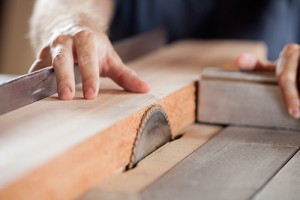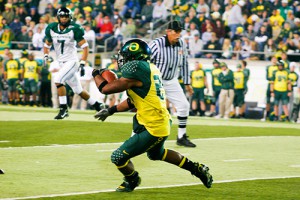 I have been thinking about all of the conveniences and technologies that help with—and sometimes hinder—the raising of children. Do they make it easier to successfully and safely raise kids? I grew up with television, long before personal computers and modern electronic communications. I knew only one person with a car phone, but cell phones and smart devices were still off in the future. Our favorite technology was the bicycle, which gave us all of the freedom we needed. There was one computer in our town and it was housed in a large room at the local university. Now I have six computers just in my house.
I have been thinking about all of the conveniences and technologies that help with—and sometimes hinder—the raising of children. Do they make it easier to successfully and safely raise kids? I grew up with television, long before personal computers and modern electronic communications. I knew only one person with a car phone, but cell phones and smart devices were still off in the future. Our favorite technology was the bicycle, which gave us all of the freedom we needed. There was one computer in our town and it was housed in a large room at the local university. Now I have six computers just in my house.
We raised our son in the computer age and one of our hardest parenting tasks was keeping him away from technology so that he could do other things, like homework. The computer was more of a distraction than a tool in his young life. He and I built our own personal computer, which was a source of pride for him and helped fuel his love for all things technical. He now helps me with new applications, instead of the other way around.
This week I want to look at a couple of newer technologies I think can help parents raise children.
Newborns and Infants
Ford Motor Company created a prototype crib that simulates a car ride, right down to the sound and motion and even the passing street lights of a real car ride. The crib is internet connected so you can travel the baby’s favorite route, in your Ford of course, and record the movement and sound and then upload that to the crib. Ford built only one prototype, which will be given away in a contest, but who knows if it will catch on.
Homework Helpers
There is sometimes frustration around homework, both for students and parents. In our house, homework was sometimes completed but not turned in, which drove me crazy. Many classrooms now use learning management systems like Canvas or Blackboard that are accessible by both students and parents via computer or mobile interface. This may seem like spying but it greatly reduces surprises at the end of the term and hopefully promotes discipline.
There are several apps to help with homework. I am intrigued by the iOS Socratic app, which combines computer vision and artificial intelligence to help with problems in math, chemistry, science, and other areas. The app allows a student to take a photo of a math problem, for example, and then guides them to further material that will help them answer the question. The Android app is coming soon.
Becoming Responsible Adults
Circling back to the car theme from the beginning of this blog, several auto manufacturers are adding safe teen driving and monitoring features into their new cars. Chevrolet has introduced the Teen Driver System that allows a parent to limit functionality of the car and monitor the activities of the automobile. This function is tied to the teen’s key fob so that a parent driving the same car would not have the same limits. Devices such as Zubie work with older model cars and monitor not only teen driving but all aspects of the vehicle such as upcoming maintenance and fuel and oil levels.
Thoughts
My own son is grown now but I am glad there are technologies available to assist parents. Some innovations target safety, others convenience, and still others enhance learning. Do you know of other developments that help in raising kids? Let me know your thoughts.
Kelly Brown is an IT professional and assistant professor of practice for the UO Applied Information Management Master’s Degree Program. He writes about IT and business topics that keep him up at night.





